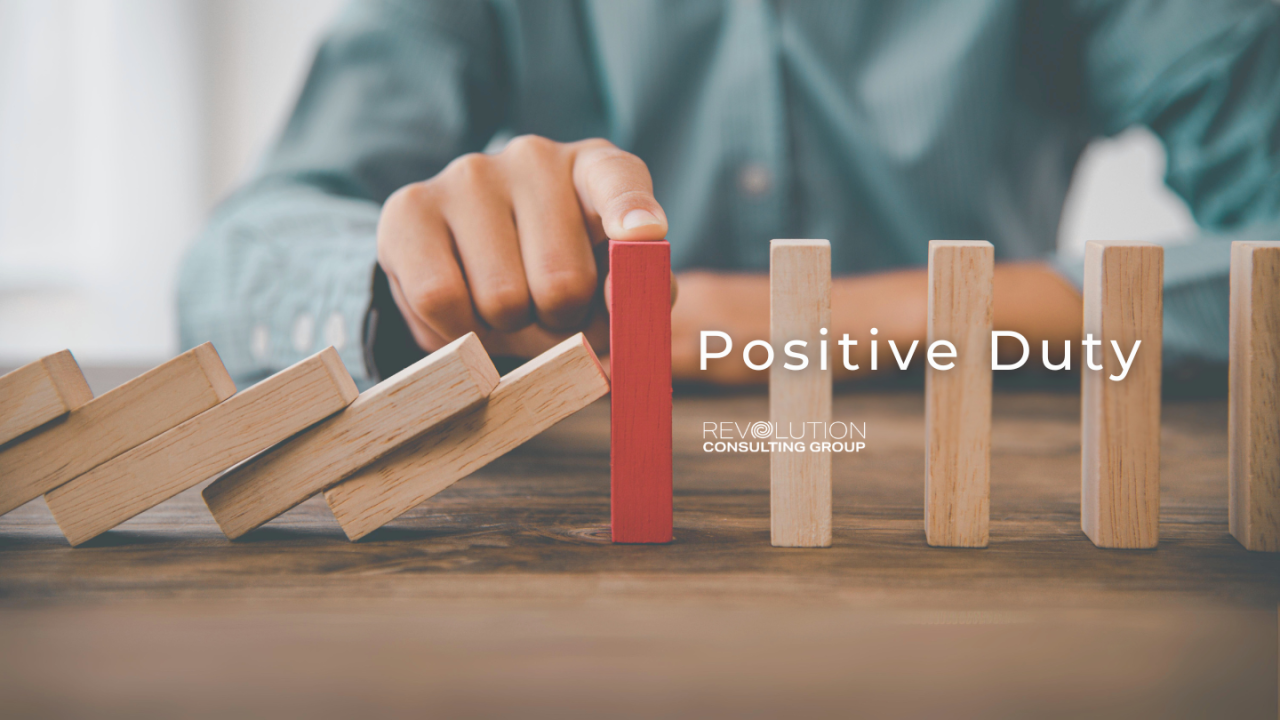Impending Overhaul of Bullying and Workers' Compensation Laws in New South Wales
Overview
The New South Wales (NSW) Government has recently flagged a major shake-up to the state's workers' compensation and anti-bullying systems. Treasurer Daniel Mookhey announced that the reforms are aimed at reducing the rising number of psychological injury claims and the growing financial pressure on the scheme. While no formal legislation has been tabled yet, the announcement is sending ripples through businesses and legal circles alike.
Let’s break down what’s on the horizon, what it means for businesses, and what steps you can take now to prepare.
Major Proposed Changes:
- New Bullying and Harassment Jurisdiction in the NSWIRC
A standout proposal involves creating a specific bullying and harassment jurisdiction within the NSW Industrial Relations Commission (NSWIRC). Importantly, under this proposal, workers would need to lodge a bullying claim with the NSWIRC before pursuing a psychological injury claim under the workers' compensation system. If this goes ahead, it would raise the bar for evidentiary standards and offer businesses stronger mechanisms to challenge unfounded claims. - Redefined ‘Psychological Injury’ and Management Actions
The Government is looking to introduce an “inclusive” definition of psychological injury, along with a clearer definition of what constitutes “reasonable management action.” The goal? To draw a clearer line between genuine mental health injuries and performance management that’s within reasonable bounds. - Aligning with National Standards
The changes will also look at adopting some elements from Queensland and South Australia—particularly around the whole person impairment (WPI) threshold that determines access to extended benefits. - Adopting Anti-Fraud Practices
Learning from the National Disability Insurance Scheme (NDIS), the NSW Government intends to build stronger anti-fraud safeguards into the workers' compensation system. - SafeWork NSW Reform
Following recommendations from Justice Robert McDougall’s independent review, improvements to SafeWork NSW’s operations are expected to streamline enforcement and regulatory oversight.
Why these changes matter
Psychological injury claims are soaring. They now account for just 12% of all claims but make up a staggering 38% of total scheme costs. The average claim has jumped from $146,000 to nearly $290,000 in just five years. Without meaningful reform, it’s forecast that premiums could spike by 36% by 2027–28, putting extra pressure on employers across all sectors.
This reform package aims to change the focus from reacting to claims to preventing them in the first place. By addressing issues early and constructively, businesses can protect their employees and their bottom line.
Steps Business can take now
If you're a business owner, manager, or part of a HR team, now’s the time to take proactive steps. Here are some practical things you can do to prepare for the coming changes:
- Review Your Workplace Policies
Ensure your policies around bullying, harassment, and psychological safety are not only up to date but actively used. A policy sitting in a drawer isn’t enough - it needs to be understood and enforced across all levels of the organisation. - Train Your Managers
Line managers are often the first responders when it comes to staff issues. Equip them with training to distinguish between appropriate performance management and behaviours that could be perceived as bullying. - Implement Clear Grievance Procedures
Make it easy and safe for employees to raise concerns internally before they escalate externally. Transparent procedures can help resolve issues early and reduce legal exposure. - Document Everything
In a future where claims must first be tested in an industrial commission, maintaining detailed and objective records of workplace decisions, especially around performance management, will be critical. - Foster a Positive Workplace Culture
Prevention is always better than cure. Building a respectful and open culture doesn’t just reduce claims, it boosts morale and productivity too. - Consult with an HR Specialist
If you're unsure how these changes might impact your business, consider speaking with a qualified HR Consultant. They can help audit your current practices, update your policies, and prepare your team for what's to come
Stakeholder engagement underway
The NSW Government has stated it will engage in consultation with Business NSW and Unions NSW as it drafts the formal Bill. Business NSW, represented by Australian Business Lawyers & Advisors (ABLA), will play a central role in these discussions, aiming to strike a balance between protecting workers and ensuring the system remains affordable and fair for businesses.
Final Thoughts
The proposed reforms are a clear signal from the NSW Government that the current model needs to evolve, especially when it comes to the handling of mental health and bullying in the workplace. While the final legislation is still in the works, businesses should take this moment as an opportunity to reassess, refresh, and reinforce their internal systems.
By getting ahead of the changes now, you’ll not only stay compliant but create a workplace that’s more resilient, fair, and productive.
Need more help?
If these changes feel overwhelming or if you’re unsure where to begin, here’s how we can help you:
- Click here to book a FREE 30 minute consultation to discuss your HR challenges.
- Click here to get a HR Health Check to review your policies, procedures and frameworks.
- Click here to join our mailing list to get more free tips, advice and updates on all things HR, WHS and Leadership.


READY TO GET THINGS DONE?
Revolution Consulting Group is your Dedicated HR Partner

Revolution Consulting Group provides essential HR advice and services to small and medium-sized businesses throughout Australia.
Where We Are Located
On the beautiful NSW South Coast
QUICKLINKS
LATEST POSTS










